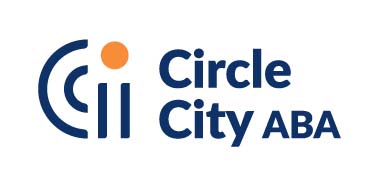
The Truth Behind ABA Therapy Myths
Applied Behavioral Analysis (ABA) therapy helps individuals with autism and other related conditions develop communication and social skills. Unfortunately, like many treatments, myths have arisen surrounding ABA therapy. In this blog post, we will look at some of the most common myths about ABA therapy and discuss why they are untrue.
Myth #1: ABA Therapy Is Only For Children
This myth persists because people mainly associate ABA therapy with children on the autism spectrum. However, it can also benefit individuals of all ages. In fact, adults can benefit from ABA therapy just as much as children do; however, the techniques and strategies used may differ depending on the individual’s age and needs. For example, an adult may need more complex activities than a child in order to practice their social skills or communication abilities.
Myth #2: ABA Therapy Is Intimidating
This myth likely arises from people’s assumptions that ABA therapy breaks down behaviors into small steps, repeating them until mastered. It must be intimidating for clients—especially young ones. However, this couldn’t be further from the truth! The goal at Circle City ABA isn’t to intimidate clients but to help them learn new skills in a fun and engaging way. If clients feel intimidated or uncomfortable during any part of the process, therapists should take note and adjust their approach accordingly.
Myth #3: ABA Therapy Is Too Expensive
This myth has been around for quite some time now, but it simply isn’t true; depending on where you live and what services you require, many options are available to ensure you can afford quality care for your loved one who needs ABA therapy. Many insurance companies also offer coverage for these therapies, so always check with Circle City ABA before making any decisions about your care plan—you might be pleasantly surprised! Many schools also offer funding or discounts on services if they are required by law due to an IEP or 504 Plan.
Conclusion
There are numerous myths out there about ABA therapy that can lead people astray when considering whether this type of treatment is right for them or their loved ones. We hope that by reading this blog post, we have helped clear up any confusion surrounding these myths so that everyone can make informed decisions about their care plans going forward! If you still have questions about how ABA therapy works, please don’t hesitate to contact us for more information—we would be happy to help!


